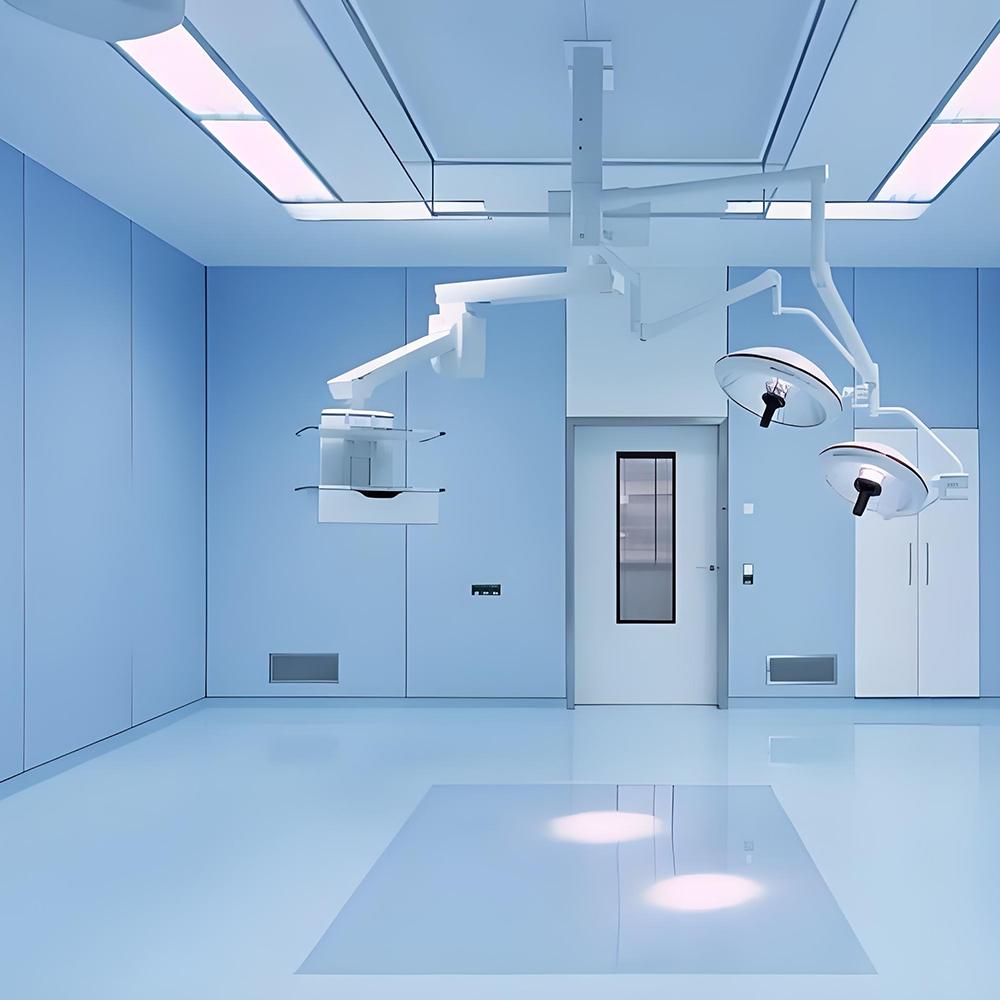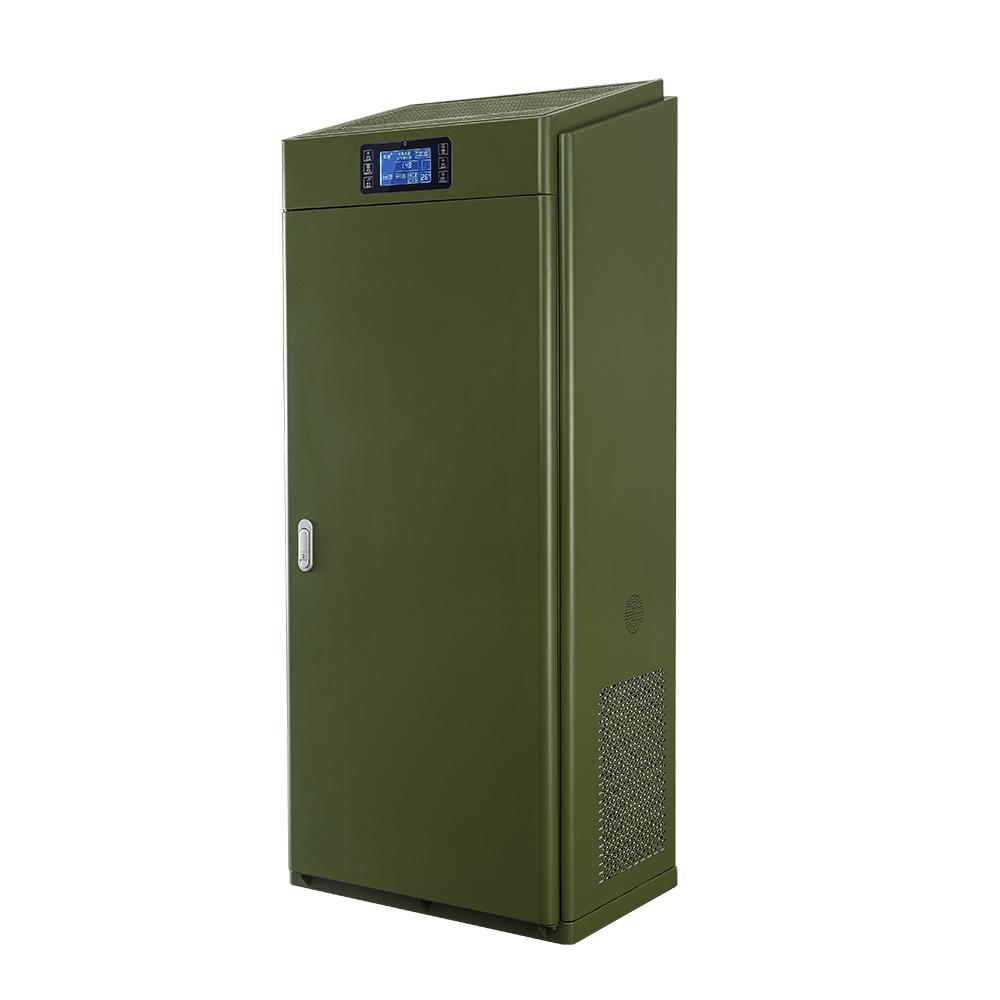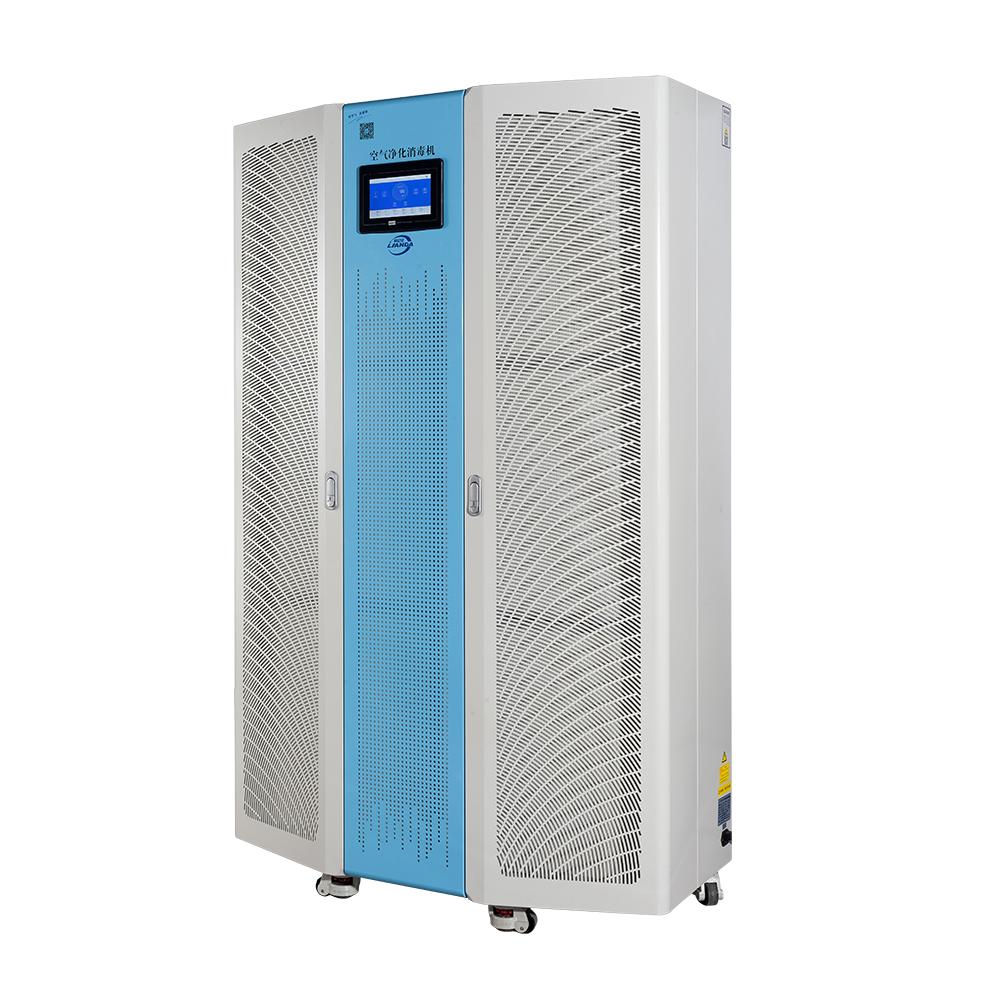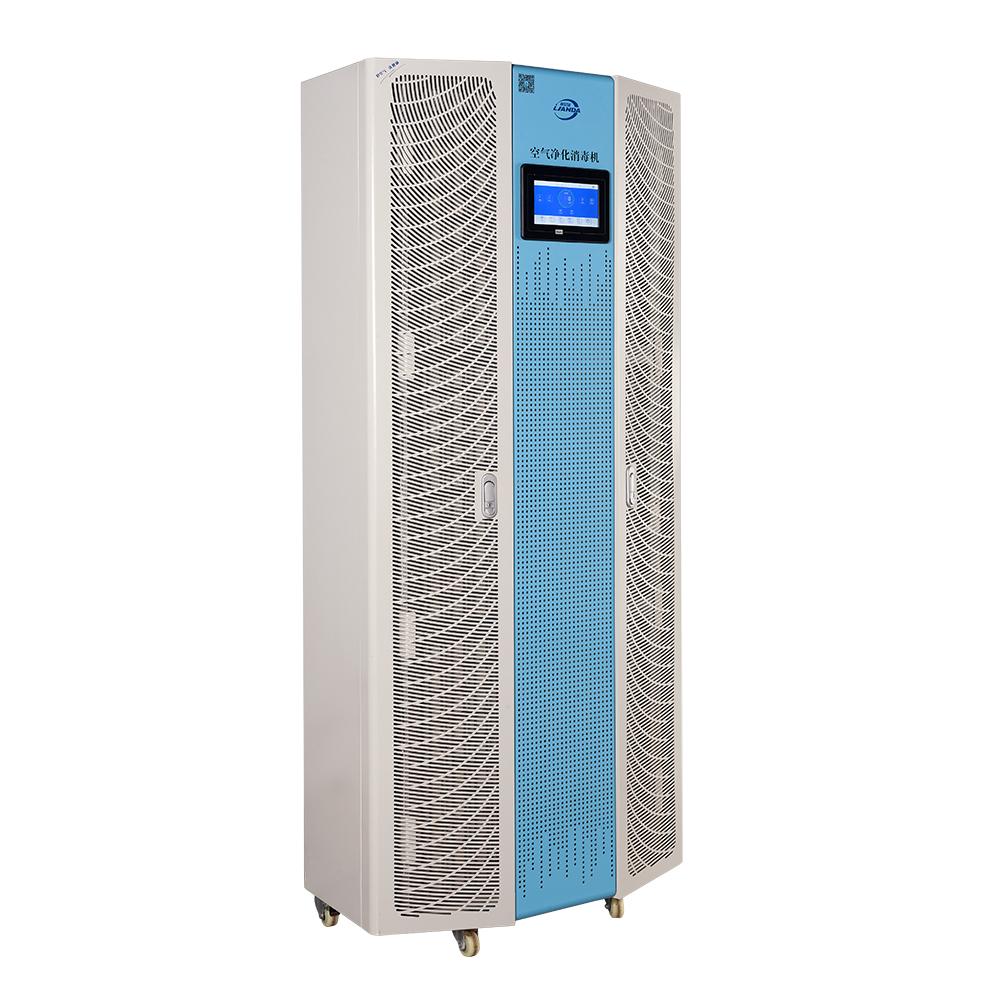The difference between homeair purifiers and medical air purifiers
In modern society, the problem of air pollution is becoming increasingly serious, and air purifiers have become essential equipment in more and more homes and medical institutions. Although both household air purifiers and medical air purifiers are designed to improve air quality, they have significant differences in design, functionality, and applicable scenarios. This article will provide a detailed comparison between these two types of air purifiers.
1> Design and construction
1. Home air purifier
Home air purifiers are usually simple in design and small in size, making them suitable for home environments. They usually use a variety of filtration technologies such as HEPA filters and activated carbon filters to remove dust, pollen, smoke and some harmful gases in the air. At the same time, household equipment pays more attention to noise control and energy consumption so that it does not affect daily life when used in a home environment.
2. Medical air purifier
Medical air purifiers have more complex designs and often adhere to strict medical standards. This type of equipment uses high-performance filtration systems, such as ULPA (ultra-low permeability air) filters, which can filter out smaller particles and pathogens to ensure air safety. The manufacturing and testing process of medical air purifiers must comply with higher hygiene and safety standards, and they are suitable for hospitals, operating rooms and places that require a sterile environment.
2> Function and performance
1. Home air purifier
The main function of a home air purifier is to target common air pollutants in homes, such as suspended particles, odors and some volatile organic compounds (VOCs). These devices usually have multiple working modes and wind speed options that users can adjust according to actual needs. In addition, many home air purifiers also have air quality monitoring functions that can display indoor air quality conditions in real time.
2. Medical air purifier
The function of medical air purifiers is more specialized, mainly to remove bacteria, viruses and other pathogenic microorganisms in the air to ensure a clean air environment in medical environments such as hospitals. Such equipment usually has an efficient air circulation system to ensure that the indoor air can be fully purified multiple times per hour. At the same time, medical air purifiers may also be equipped with real-time monitoring systems that can provide timely feedback on changes in air quality.
3> Applicable scenarios
1. Home air purifier
Home air purifiers are suitable for most family life scenarios, especially in cities, and can effectively reduce allergic reactions and respiratory problems caused by PM2.5, pollen and pet hair. They are commonly used in everyday living spaces such as living rooms, bedrooms and children's rooms.
2. Medical air purifier
Medical air purifiers are mainly used in hospitals, clinics, laboratories and other places that require highly clean air. These devices are particularly critical in environments such as operating rooms and intensive care units to prevent the spread of pathogens and protect the health of patients and medical staff.
From the above comparison, we can easily see that there are obvious differences in design, functions and applicable scenarios between household air purifiers and medical air purifiers. Choosing a suitable air purifier depends on your actual needs. If it is for home use, you can usually choose a household air purifier; but in a medical environment, you must choose a medical air purifier to meet higher air purification standards. No matter what type of air purifier you use, maintaining good indoor air quality is an important guarantee for improving your quality of life and health.





